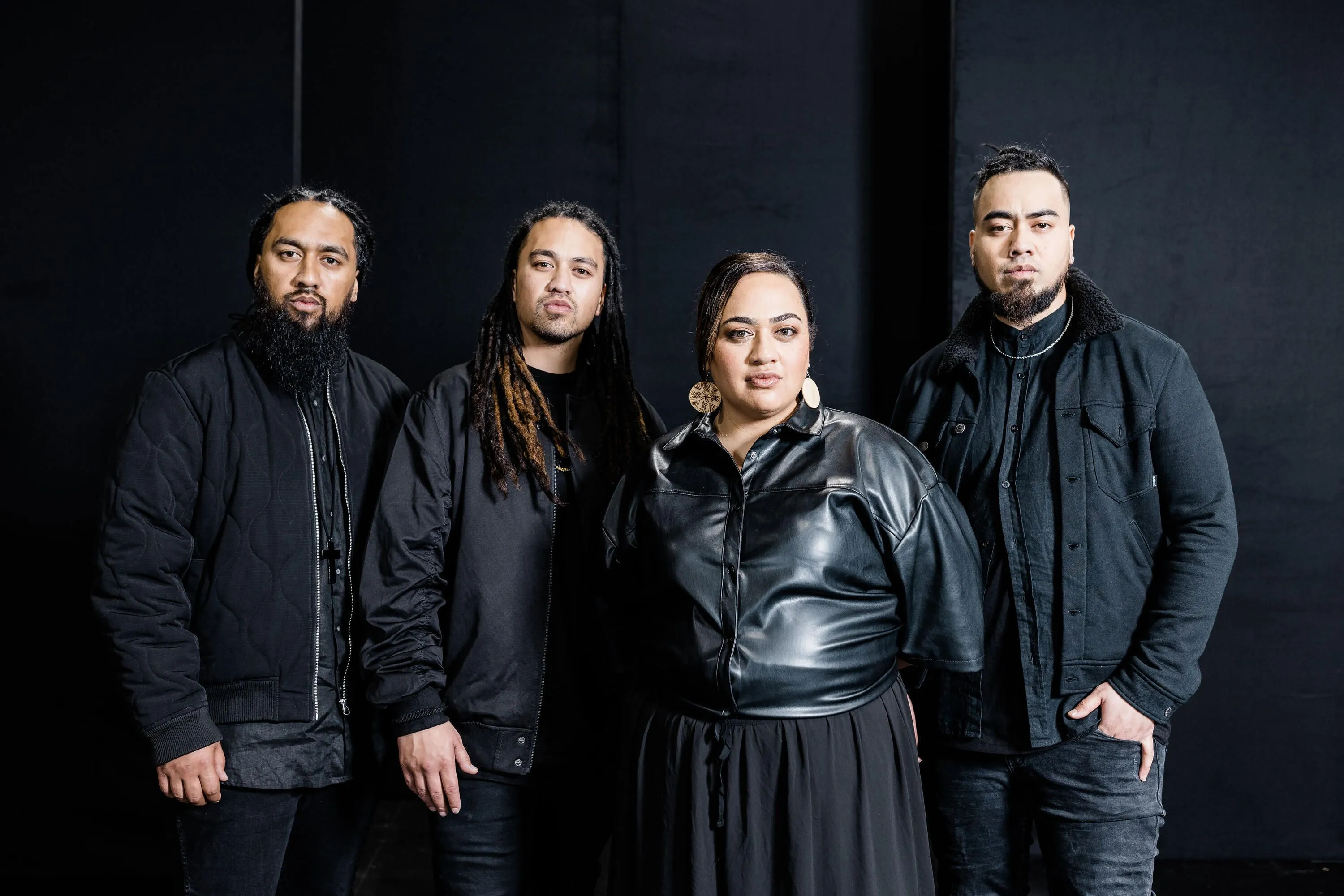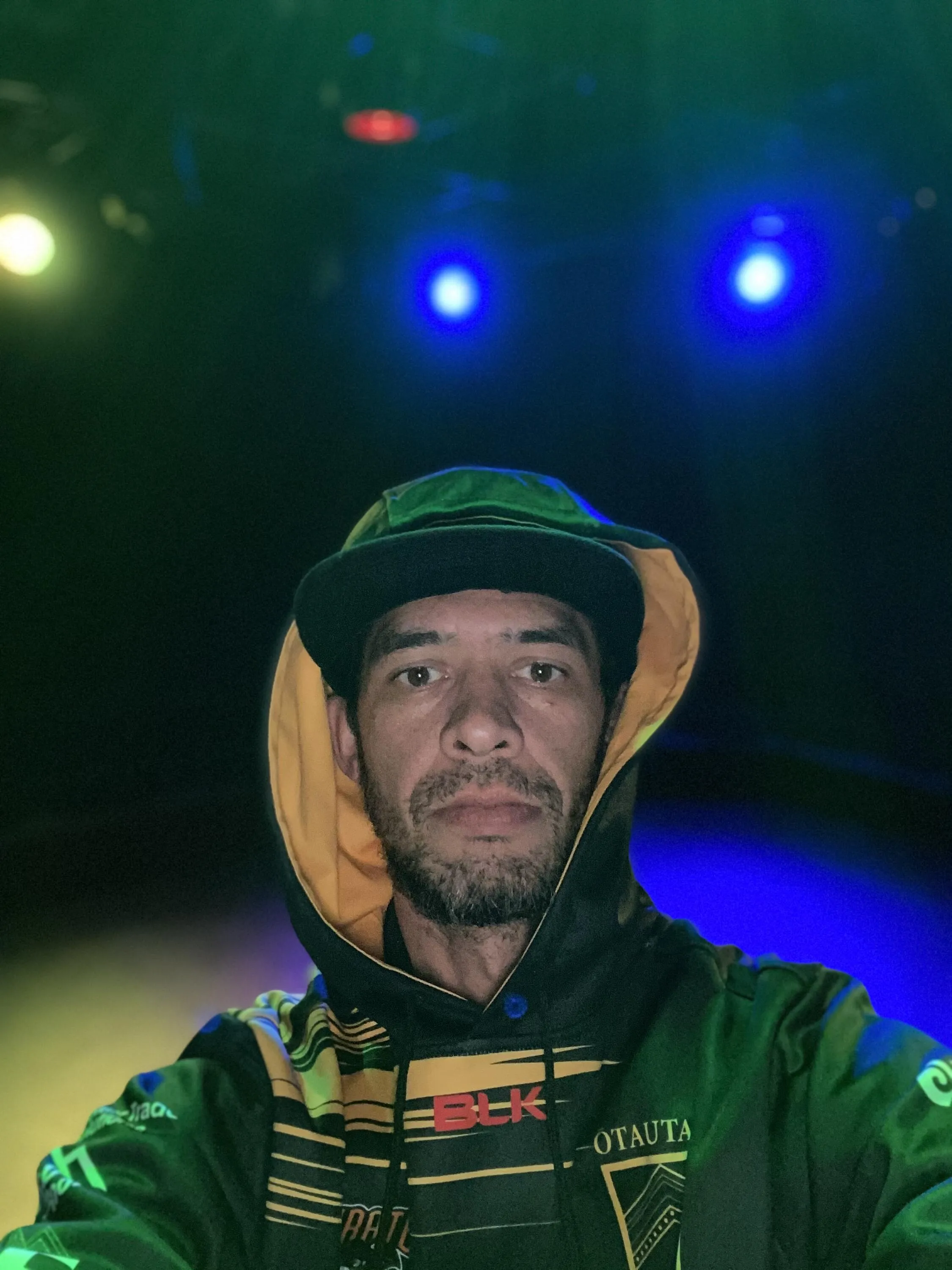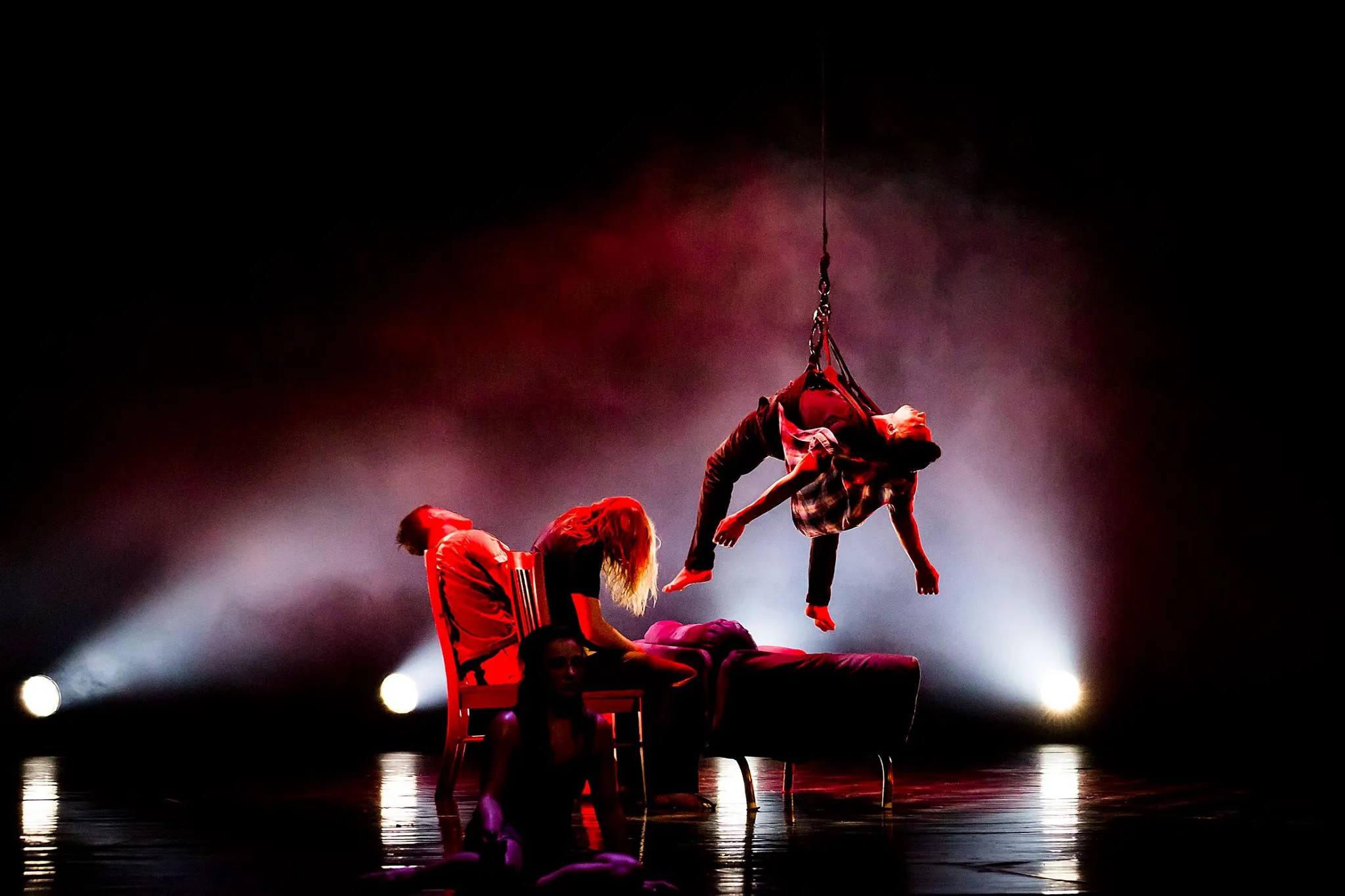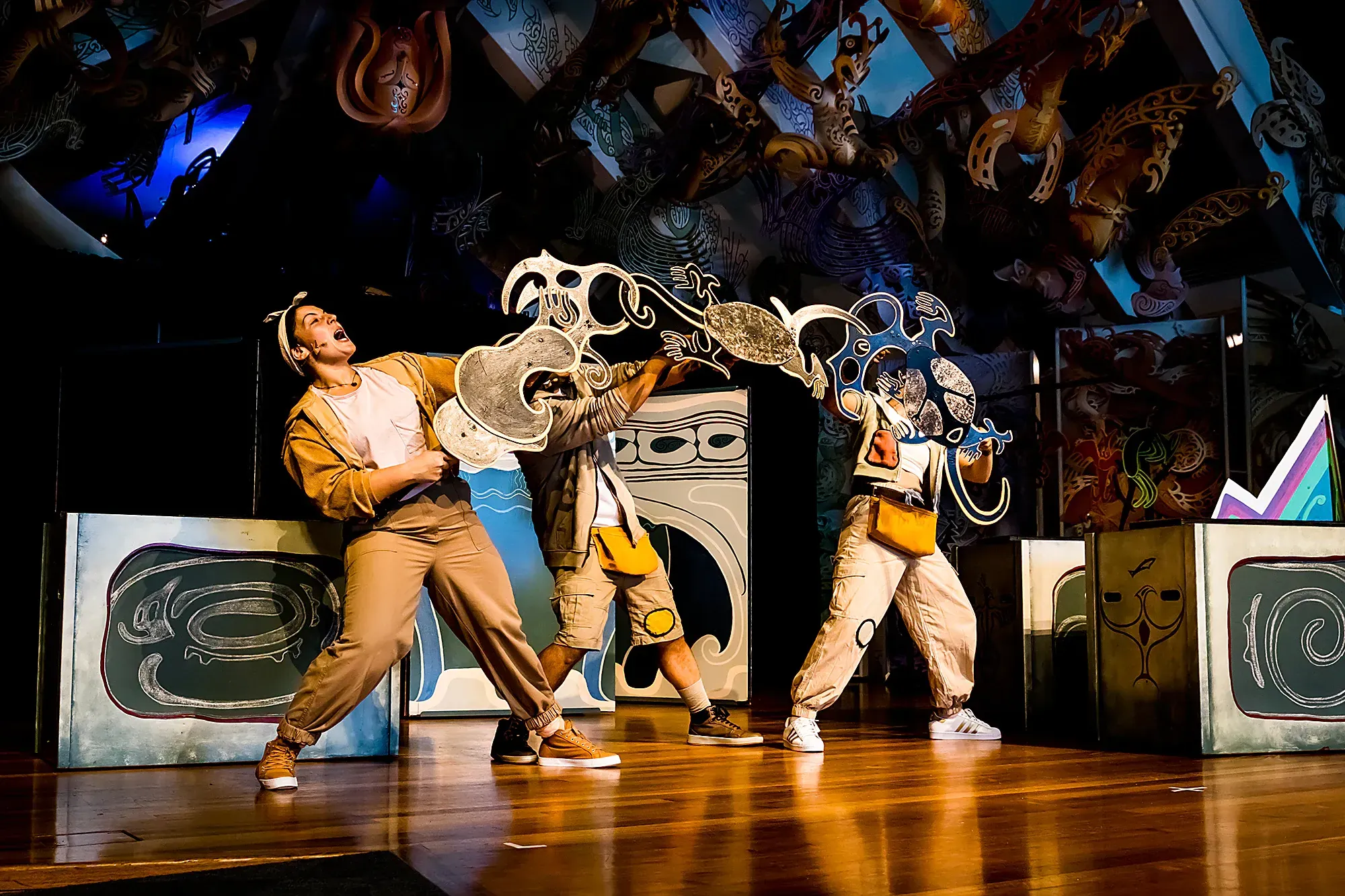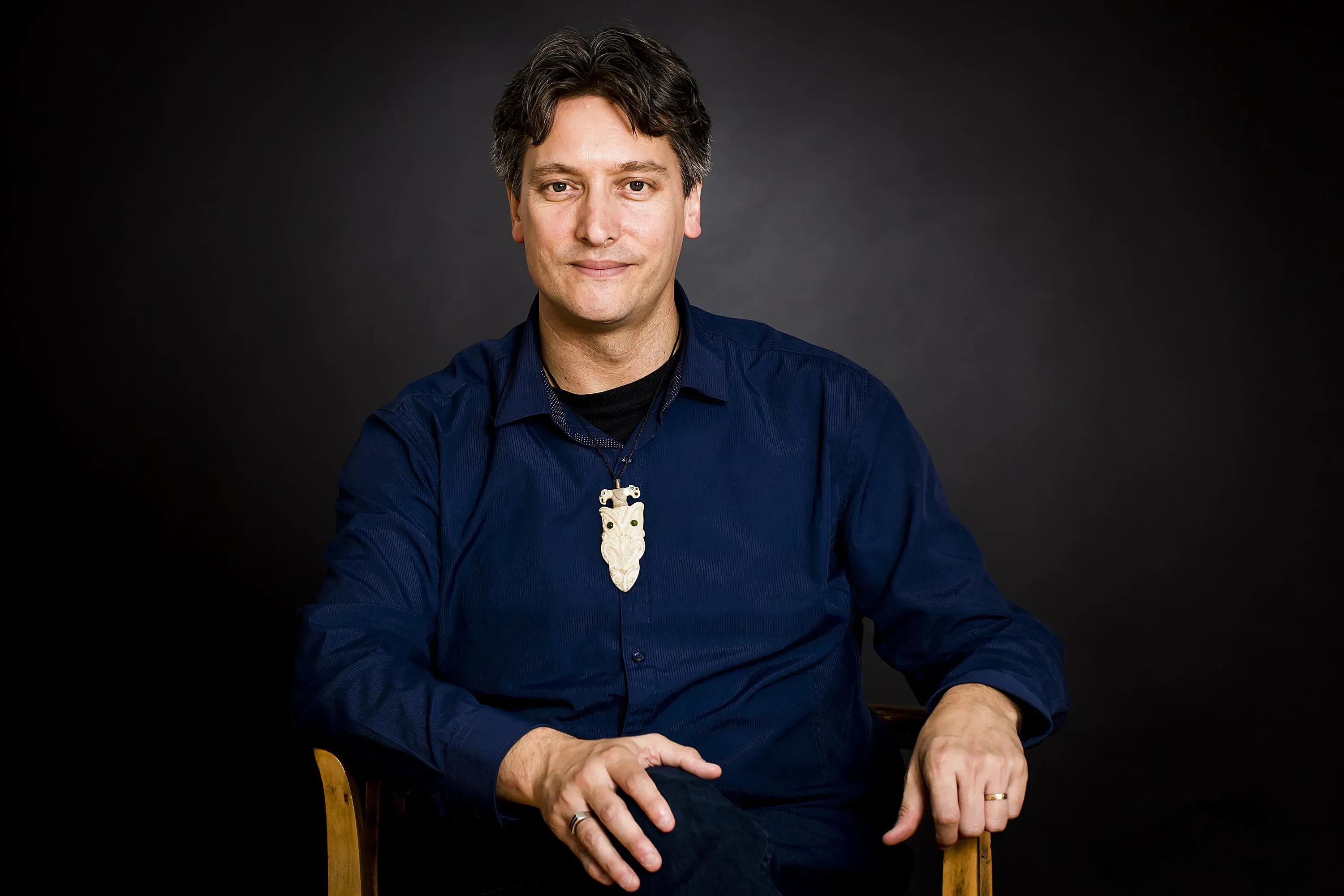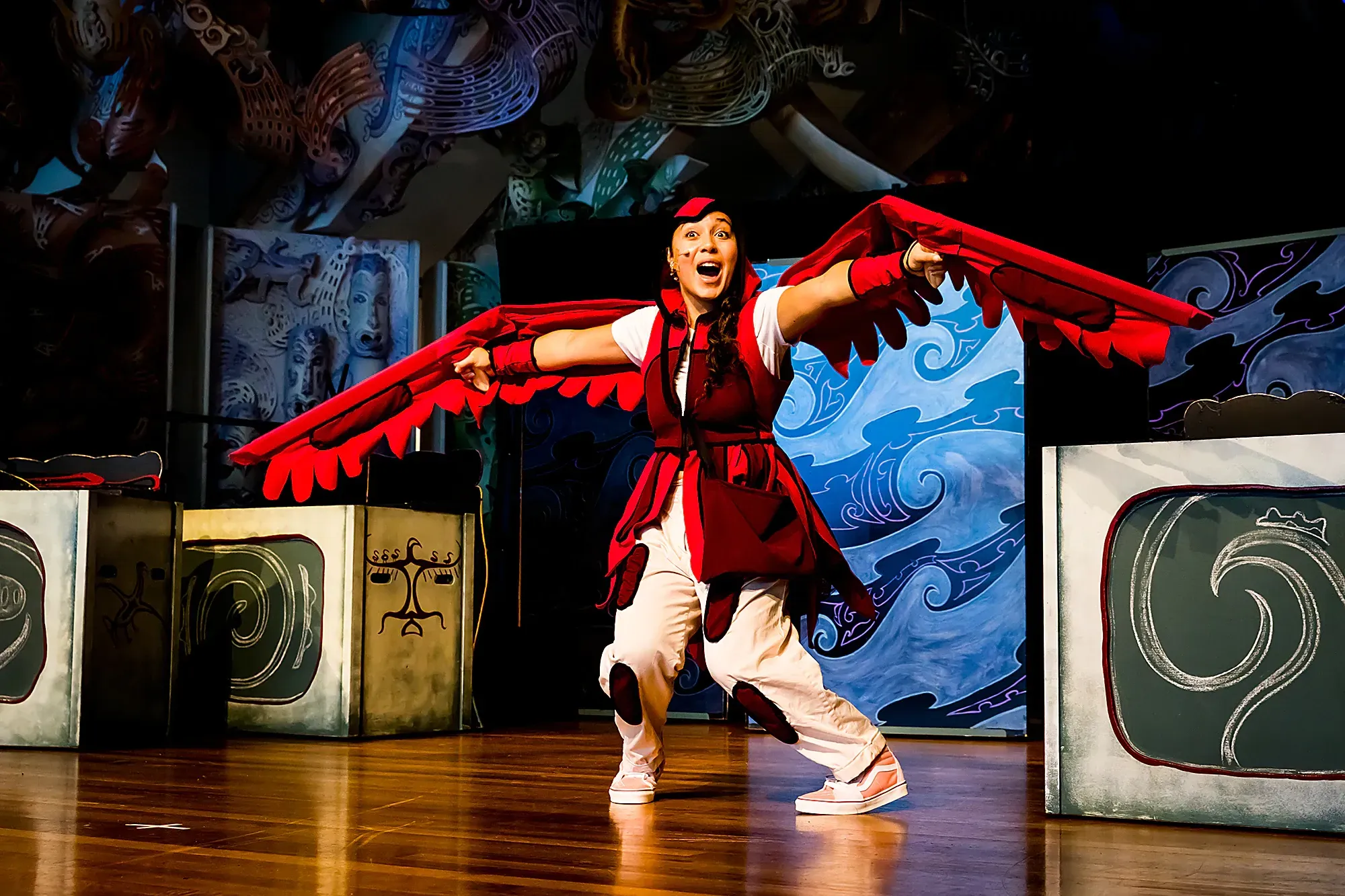The Other 51 Weeks
Written by
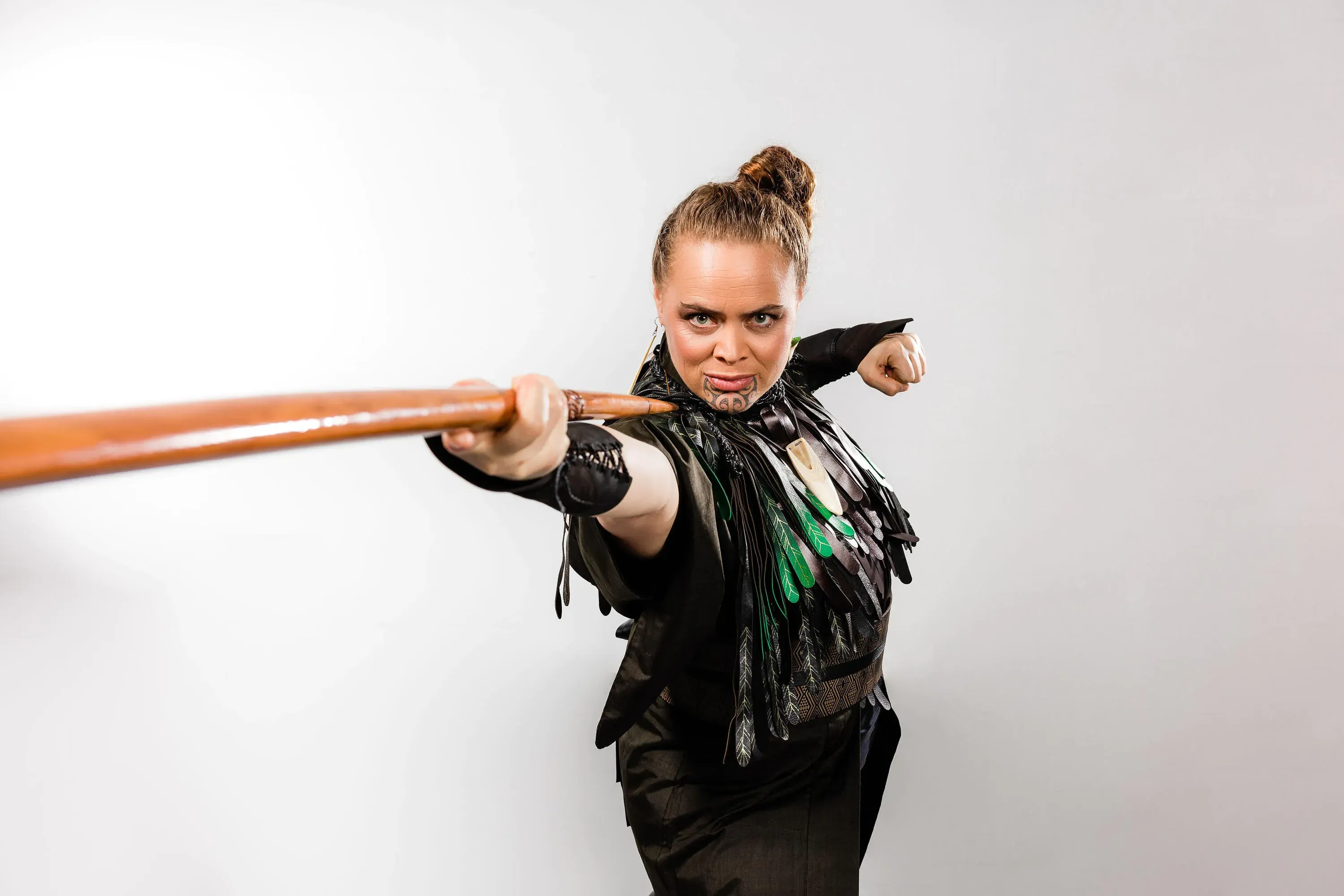
The week is unquestionably a special one for many - with news bulletins, even big business making a conscious effort to include te reo and take steps that are designed to normalise the language.
It’s often those organisations that get the spotlight during Te Wiki o Te Reo Māori.
But for many creatives, te reo Māori isn’t just a fad, it’s a part of their everyday lives. A genuine commitment to the language and the culture that doesn’t go unnoticed by those they touch.
Organisations like Mahi Mahi Productions, who encourage Māori in their community to further pursue the arts as a pathway.
Hōhepa Waitoa and his team service multiple sectors including theatre and the arts, teaching/education, professional development as well as haka and composition through a Māori lens “with te reo, tikanga and Te Ao Māori at the heart of everything.”
That includes the Whao Festival - a platform for Toi Māori artists from all sectors to engage communities in the various Toi industries such as visual arts, music and sound production, movement art as well as composition and creative writing.
Lockdown has forced the festival online, but hopefully, lower alert levels will see a one-day ‘in-person’ festival come together soon, with the vision of it becoming a biannual kaupapa for Te Waipounamu.
Waitoa (Ngāti Porou, Rongowhakaata, Ngāti Raukawa) tells The Big Idea “of late, I have seen te reo Māori become apparent more and more within the arts.
“There is still so much more that could be done with the integration of te reo Māori into the arts and creative spaces. Language acquisition is important for te reo to further develop and the arts is an important platform.
“Te reo Māori, te ao Māori and tikanga are important to the korowai of our country. Kaupapa need to happen regularly in order for te reo to become the ‘normal.’"
Whakapaupākihi
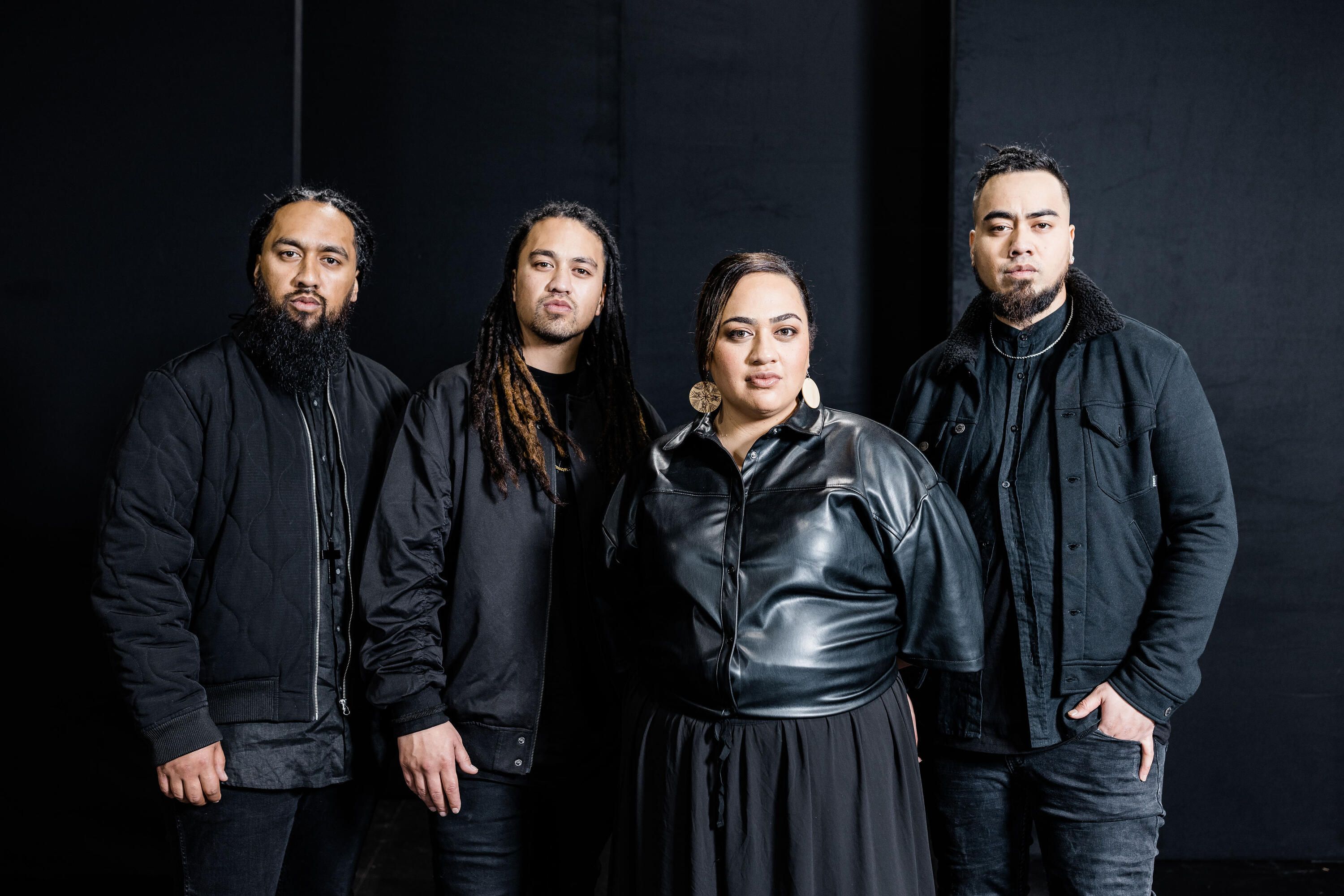
The Tuari whanāu. Photo: Erica Sinclair.
Ani-Piki Tuari and her brothers Tatana, Tame-Hoake and Hamiora (Te Aitanga a Hauiti, Ngāti Porou, Te Whānau a Apanui, Ngāi Tāmanuhiri, Te Aitanga a Mahaki, Ngāti Kahungunu, Rongomaiwahine, Ngāi Tūhoe) are in the process of creating Whakapaupākihi - a te reo Māori musical that’s described as a hint of Divergent, and a dash of Avatar: The Last AirBender. It’s been a three year project that’s set for its first reading as part of Te Tairāwhiti Arts Festival.
Ani-Piki tells TBI “in the context of Theatre, I personally don't believe there has been a shift or a difference with the acceptance of te reo Māori. However, there has been a bigger appetite or appeal to have more te reo Māori content in theatre.”
She explains “theatre in NZ is predominantly catered to and for a mainstream audience, primarily because theatre comes from a Western eurocentric world.
“However, in the last 20 plus years, there has been a minority of Māori breaking ground in the theatre space and creating more theatre works informed, inspired, associated and - to an extent - relevant to Māori audiences.
“That doesn't mean to say that these works are focused on or are predominantly in te reo Māori or that I am judging or against the amazing and much-needed work that has been done to bring a Māori perspective into the theatre space.
“But, with regard to the position of te reo Māori in this space, I can count on one hand the number of plays written in te reo Māori that wasn't a translation of a mainstream play and was written from a Māori worldview. That being the Ahorangi Genesis musical stage show performed in the early 90’s and then recently with the work that Hōhepa Waitoa has been producing such as He Kura E Huna Ana and Te Rongomaiwhiti.
“With regard to the appeal of Te Reo Māori and the appetite for it though, that is a different story.
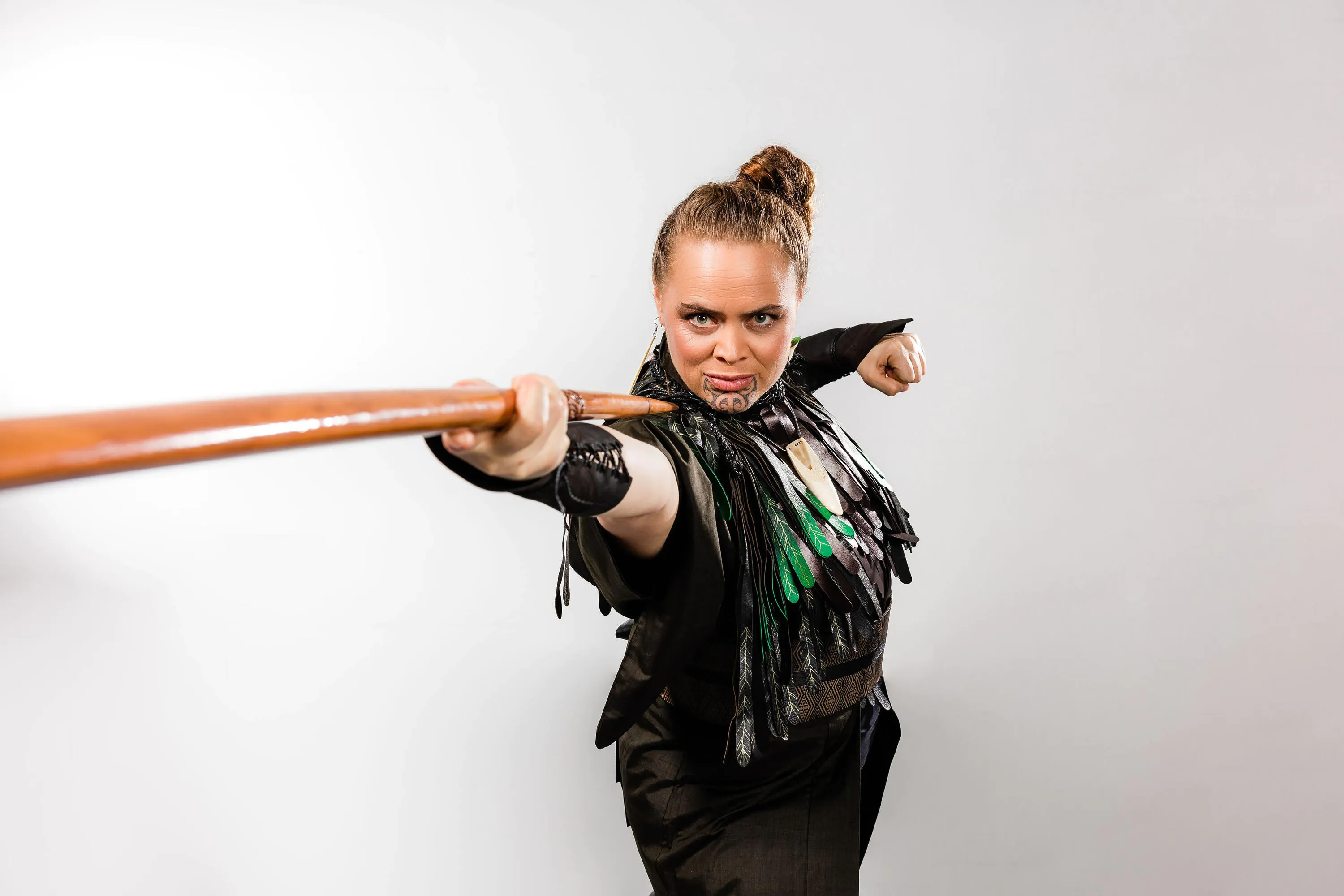
Whakapaupākihi poster. Photo: Erica Sinclair.
“Recently, there has been a major calling to have more te reo Māori plays produced. I genuinely credit that to the hard work of the very few Māori who have been breaking into the Theatre space for the last two decades. People like Hone Kouka, Nancy Brunning, Tanea Heke, Dolina Wehipeihana, Rawiri Paratene, Kereama Te Ua, Tainui Tukiwaho, Tama Waipara and many others.
“They have worked tirelessly to ensure that people like myself and my brothers (native speakers of the Māori language) have a space, the resource, a platform and the backing to create and produce work that is not only in te reo Māori but is from a Māori perspective. They have been te reo Māori's biggest advocates in the Theatre space.
“Furthermore, with the work that the likes of Taika Waititi, Chelsea Winstanley, Rachel House and Tweedie Waititi have been doing in the TV & film space, not to mention Dame Hinewehi Mohi in the music space, the appeal of te reo Māori has extended internationally - Probably more than it has here in NZ.
“It gives more reason to why I believe that te reo Māori is still not accepted here, even though the world outside of little New Zealand wants more. In fact, the arts sector across every platform needs to catch up with the play. Because the world wants more te reo Māori, yet NZ is still fighting to accept that it has value to not just Māori, but to everyone who views New Zealand as their home.”
Taki Rua
As CEO and Artistic Director of Taki Rua Productions, Tanemahuta Gray’s another who staunchly stands by the value kaupapa Māori productions bring to audiences throughout the motu.
Since being established in 1983, Taki Rua’s built a powerful reputation throughout the performing arts sector. As well as regular theatre offerings, including this year’s in-demand Festival hit Sing To Me and contemporary Māori aerial theatre work Tiki Taane Mahuta, performed to the music and live performance of Tiki Taane (which is set to be restaged in 2022), the company’s te reo Māori season tours productions nationwide throughout schools in Aotearoa.
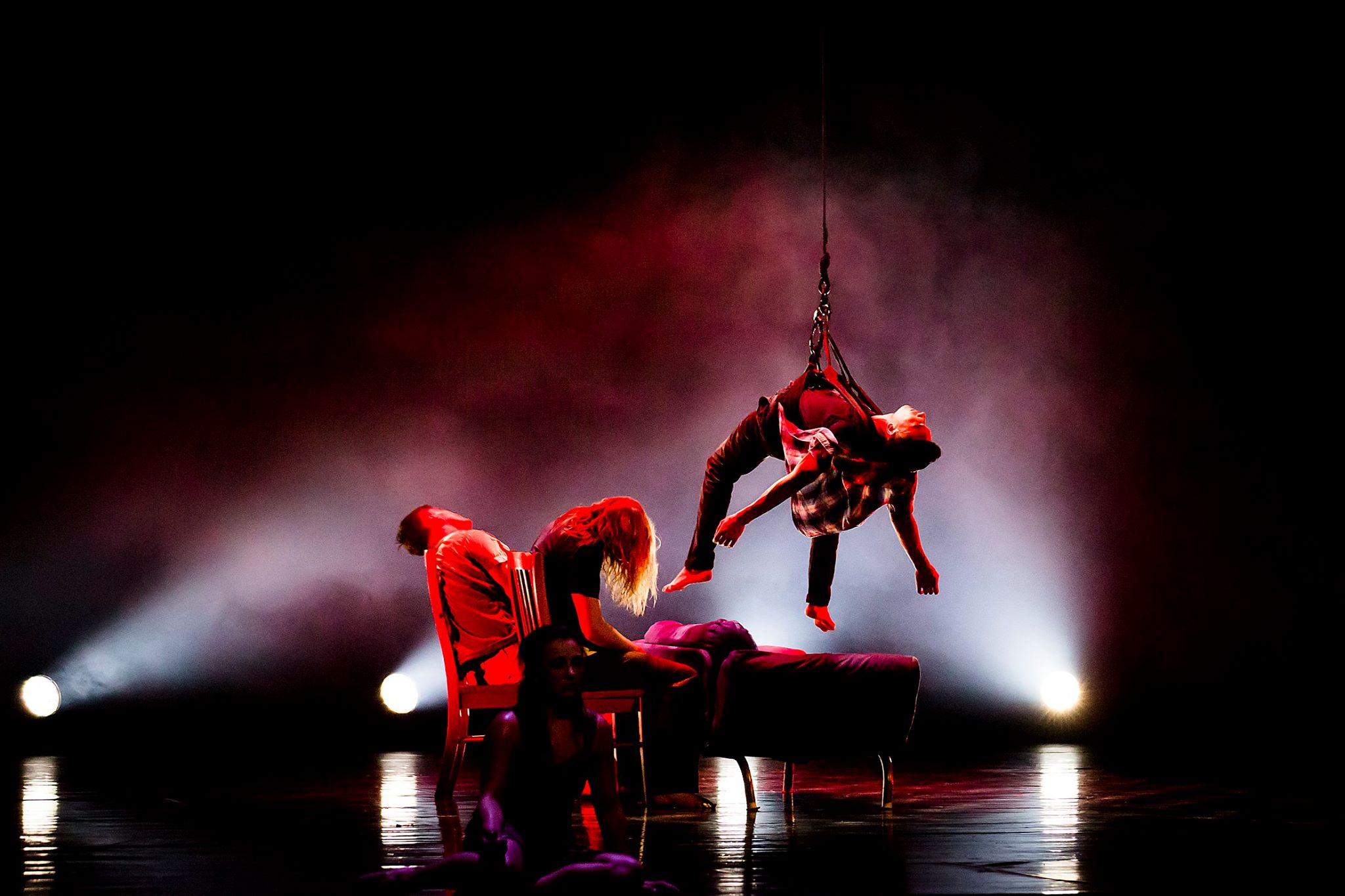
Image from Tiki Taane Mahuta. Photo: Philip Merry.
Current show Pourakahua has been hit by the Delta delays but Gray’s hoping to complete the remainder of the tour in the fourth school term to Te Waipounamu (The South Island), Wellington and Manawatū and Whanganui.
Gray (he uri nō Ngāi Tahu, Rangitāne, Waikato/Tainui) takes great pride in their school sessions, which have been staged entirely in te reo Māori since 1995.
“Hundreds of thousands of tamariki and rangatahi have experienced this work at their schools over the past 26 years, and we have seen an increase in kura auraki (mainstream schools) booking up the production alongside our Kura Kaupapa Māori around the motu. This has been an encouraging sign from tangata tiriti schools who are seeing the value of experiencing kaupapa Māori story-telling in te reo Māori.
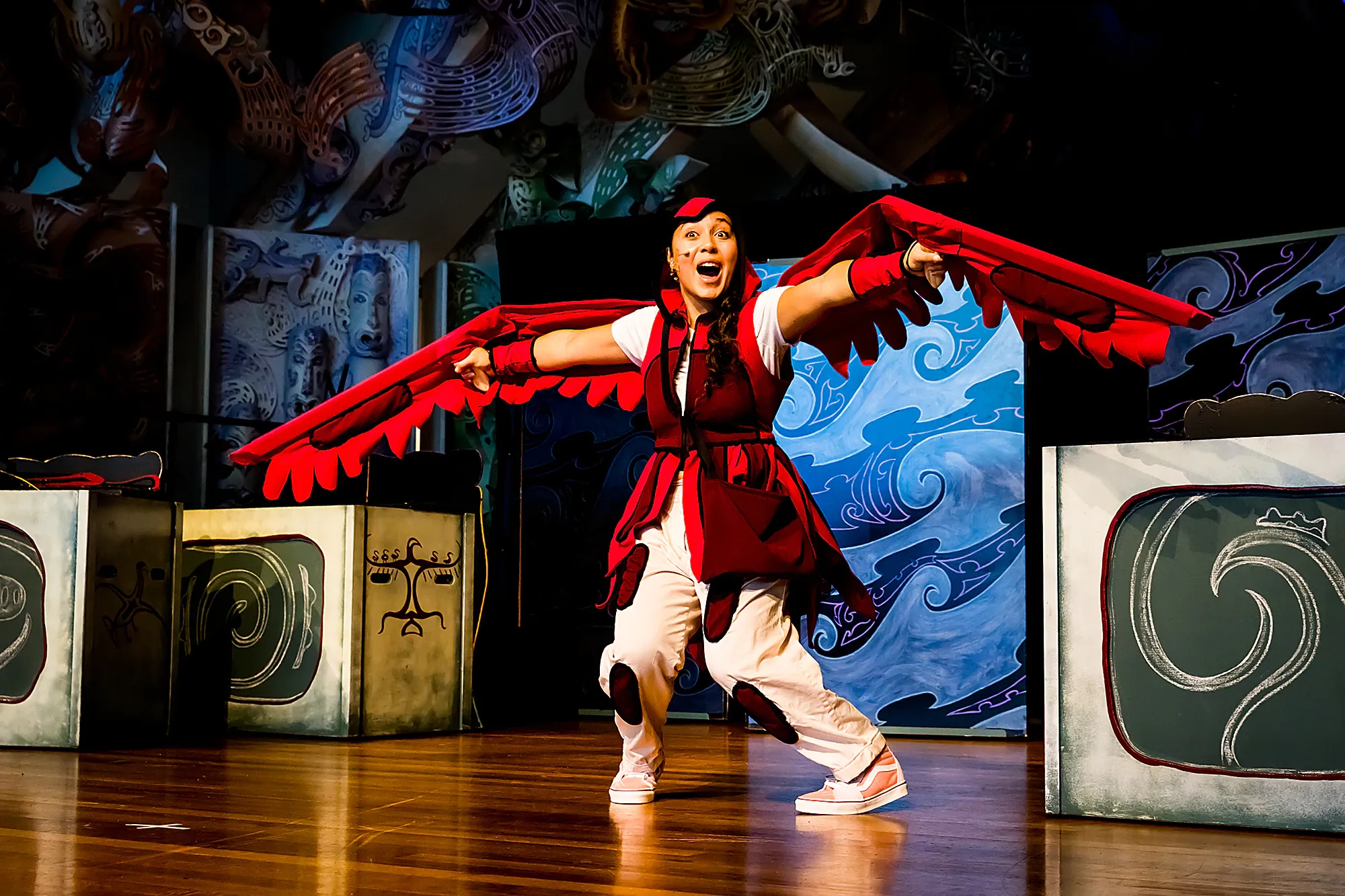
Image from Pourakahua. Photo: Philip Merry.
“We don’t translate the works for the students who are non te reo speaking, but we stage the production in a way that it is easy to follow the narrative, even if you don’t understand a word of te reo Māori.
“Feedback overall from the school communities that book up the work, is that they really enjoy this opportunity to have a te reo Māori work in their mix of theatrical experiences, as annually there is always 1 and sometimes only 2 to 3 offerings of te reo Māori productions produced annually, compared to the hundreds of mainstage shows in te reo Pākehā.
“The doors are opening further for authentic te reo Māori experiences in the contemporary performing arts, and it is definitely growing within our younger generations in significant numbers, that sets us up for a richer cultural set of experiences in the smorgasbord of their life experiences.”
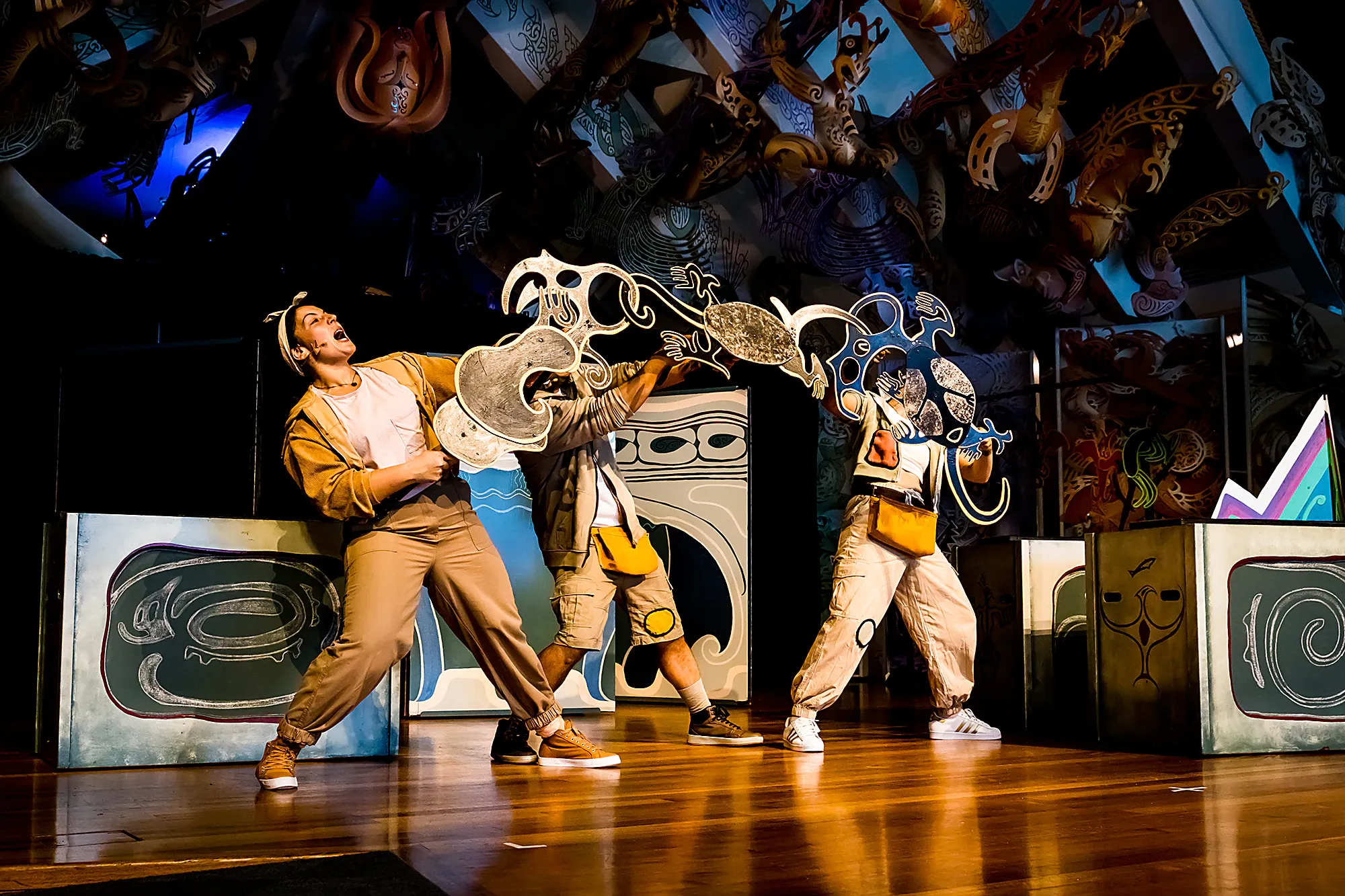
Image from Pourakahua. Photo: Philip Merry.
As for the importance of Te Wiki o Te Reo Māori, Gray states “it adds another opportunity to highlight the work that we do, whilst the nation's focus is on te reo Māori experiences. But as the development, rehearsals and tours of our Te Reo Māori Season is a 22-week portion of our annual schedule, it does become another week that we are getting on and doing the mahi of te reo Māori revitalisation.
“For now, Aotearoa New Zealand’s mainstream response to Te Wiki o Te Reo Māori serves as the appropriate platform to raise awareness, although the aspiration has to be that we don’t need a week to celebrate our reo, as ideally it just becomes a part of our everyday life activities.”
As Māori Language Week draws to a close for another year, we asked these three champions of te reo what needs to happen in the other 51 weeks on the calendar to see a true embrace of te reo in our creative sector?
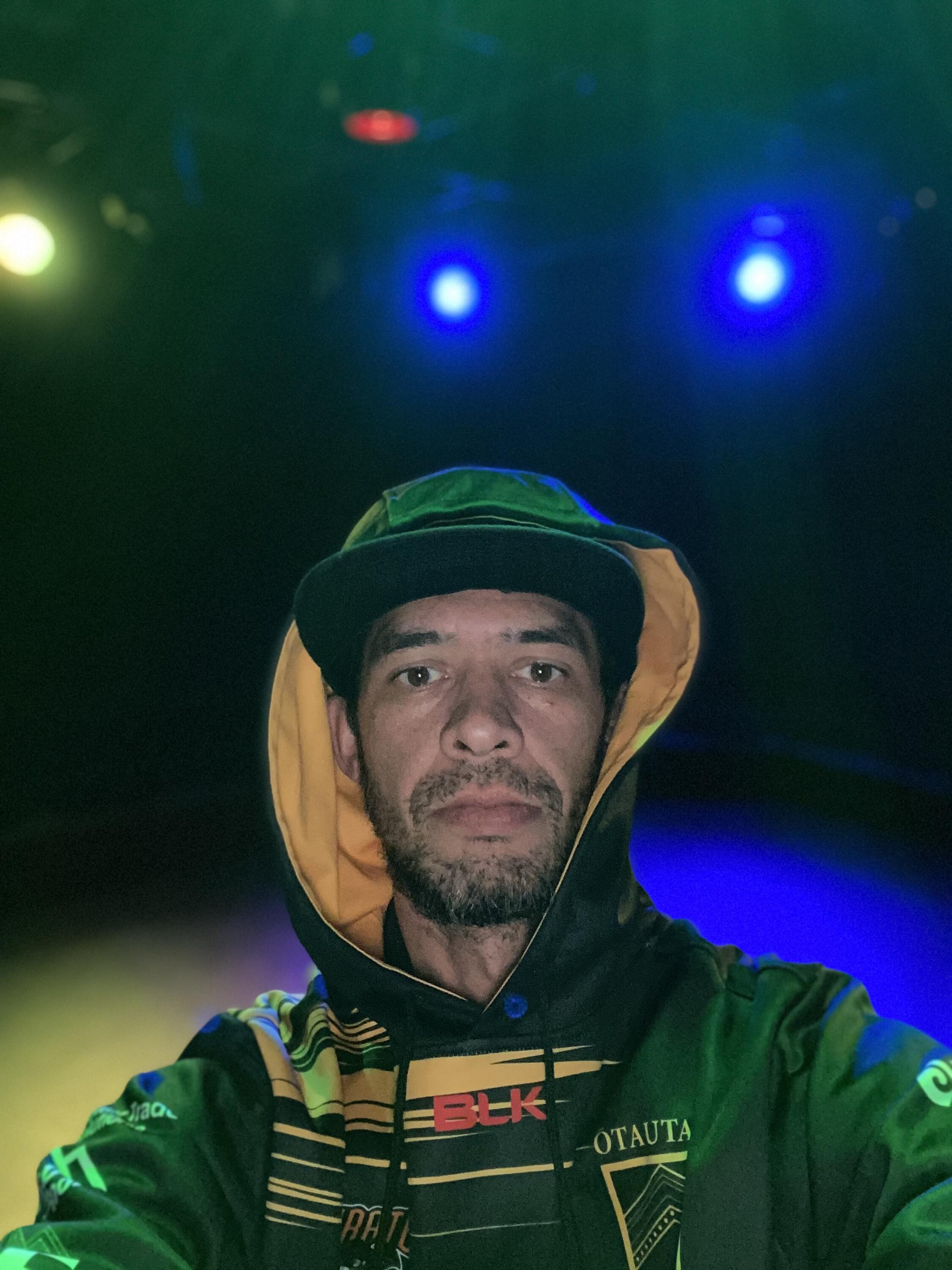
Hōhepa Waitoa. Photo: Supplied.
Waitoa muses “We are past the stages of attempting to pronounce kupu or trying to speak phrases. There’s more to it than saying Kia Ora!
“Linguistically and culturally we rely on Aotearoa whānui to be involved in te reo and tikanga daily which will allow us to understand that speaking te reo is not a weekly occurrence but it’s a daily commitment to the fabric of our country, ‘te korowai o Aotearoa.’”
For Tuari, the answer is simple.
“Acceptance. This is key to embracing te reo Māori regardless of what sector anyone is in.
“Acceptance of past grievances, acceptance of responsibility, acceptance of trauma, acceptance of value, acceptance of the shared history we as Aotearoa have in the near death and revival of Te Reo Māori. Perhaps then, Aotearoa New Zealand could thrive not just as the first country in the world to overcome the first belt of COVID, but we could also be the leading country in the world when it comes to the art of storytelling.”

Tanemahuta Gray. Photo: Philip Merry.
Gray says “my dream is that Aotearoa New Zealand will be able to achieve bi-lingual fluency, and with that, also the skills to navigate the country’s and world’s problems with both an indigenous perspective of the world (which is really focused on strong community building) and a tangata tiriti approach. Isn’t two kete better than just one?
“Kia māia Aotearoa. Ko tēnei he wero mo tātou katoa, ki te tautoko ngā uri whakatipu mō nāianei, me mō ake tonu atu. Kia kaha te reo Māori!”
